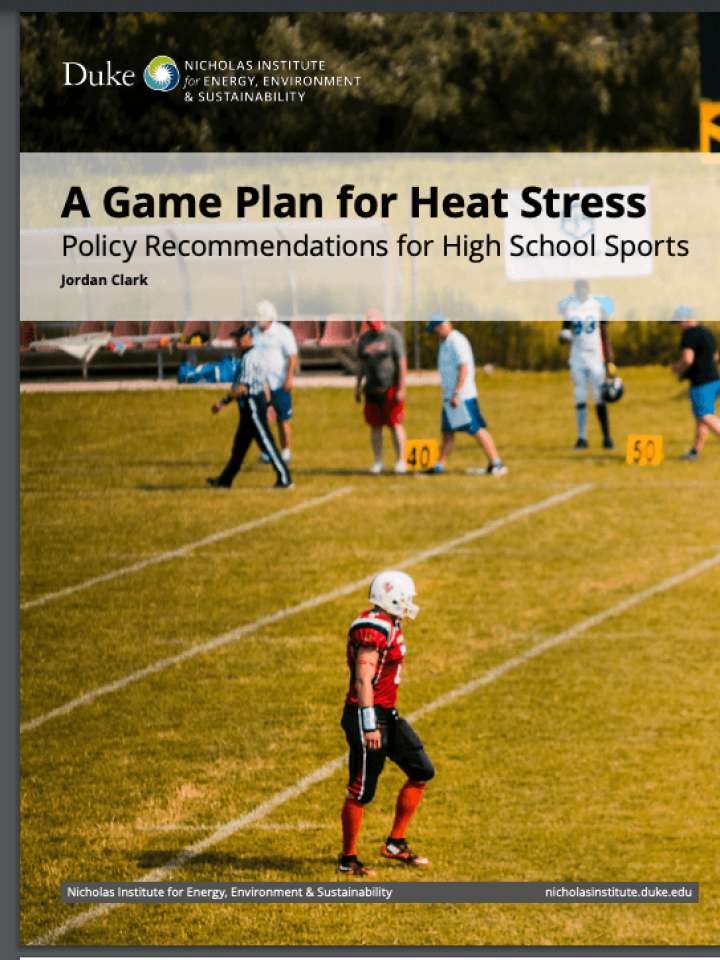A game plan for heat stress: Policy recommendations for high school sports
The goal of these policy recommendations is to create a safer environment for all high school athletes by mitigating the risk of heat-related illnesses. Implementing robust environmental heat measurements, thorough activity modification guidelines, and venue-specific heat action plans across all sports and venues will significantly reduce heat-related illnesses in high school athletes. While primarily targeting high school athletics, these principles can also be applied to other youth physical activities such as elementary and middle school sports, marching bands, camps, and park activities.
Five key recommendations from the study include:
- Environmental Heat Monitoring: The most accurate way to evaluate heat stress is to implement on-site heat monitoring using a handheld (or tripod-mountable) device to measure environmental conditions.
- Activity Modification Guidelines: Provide athletic trainers, coaches, and student-athletes with detailed, sport-specific guidelines based on heat stress levels that outline safe practices for hydration, work-to-rest ratios, clothing, practice length limitations, equipment use, and heat acclimatization.
- Venue-Specific Heat Protocols: Each school should incorporate detailed heat safety plans within venue-specific emergency action plans to account for unique environmental conditions of a given location.
- Universal Application of Heat Policies: To ensure comprehensive protection of student-athletes from heat-related health risks, apply heat policies to both indoor and outdoor sports and extracurricular activities.
- Investment and Implementation: Explore funding opportunities (such as through the National Federation of State High School Associations) to facilitate the purchase of necessary resources such as WBGT meters.
Explore further
